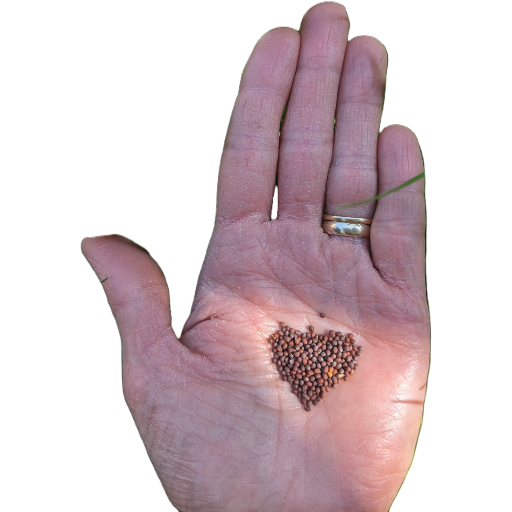What to do with that concavity: Somatic approach
There has been a paradigm shift on how to view the concave side.
The new view of the concave side of the scoliotic spine is that it is involuntarily chronically contracted.
For much of history, and when I first studied yoga with scoliosis, the concave side was thought to be collapsed and weak. How do we know what is really happening?
Both Somatic research and Dr. Fishman have discovered that the concave side (pulled into the midline) of the curve/curves is chronically contracted and is pushing the convex side (bulging out the other side). This contraction becomes the new normal for the person, but it creates un-natural alignment of the spine. The person loses control of the ability to contract and release the internal and external obliques, quadratus lumborum, erector spinae and psoas. This sensory motor amnesia on the concave side, causes the muscles on the convex side to be both overstretched and overworked to compensate for the concave side frozen contraction.
I feel pain on the convex lumbar side due to the tension of the overstretched muscles and constant compensation effort. At first, I could not feel much of anything on the concave side of my lumbar spine. I have been working on releasing the contraction of the concave side by intentionally contracting (going into the pattern) and then releasing the scoliotic pattern. I can now feel that the concave side of my lumbar side is contracted on its own from time to time.
The explanation for the lack of feeling I had before is this: Chronically contracted muscles no longer send messages to the Sensory Motor Cortex of the brain so the muscles don’t return to their proper resting length. Stretching the convex side through side bending for example, sends sensory information only as far as the Spinal Cord then never reaches the brain.
Dr. Fishman uses botox injections to release the muscles on the concave side in conjunction with strengthening the convex side.
Somatic Pandiculation is another way to address releasing the muscles on the concave side of the spine. The way it works is that the muscles on the concave side are first contracted and then slowly and carefully relaxed. Starting on the concave side first is advised because the contraction on this side is causing the imbalance in the spine. Working from the inside out, pandiculation allows the nervous system to be involved in the practice to re-learn both contracting and relaxing.
You may want to research Somatics more…
https://somaticmovementcenter.com/muscle-contraction-in-scoliosis-c-curve/
https://thesomaticmovement.wordpress.com/2015/07/10/sensory-motor-amnesia-hidden-in-plain-sight/
